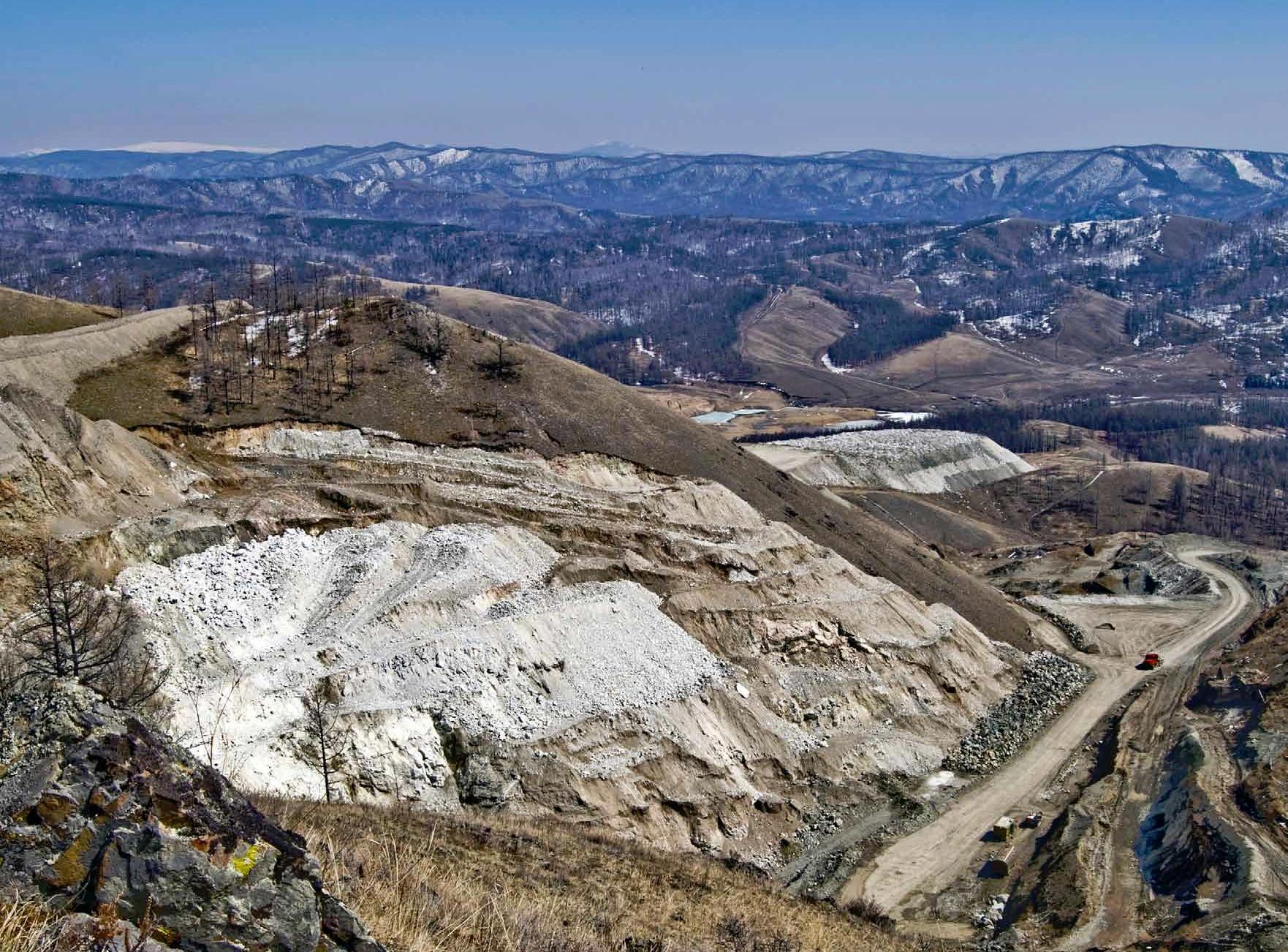
Having existed as an exploration company up until recently, Auriant Mining’s aspiration is now to become a mid-sized gold producer. Chief executive officer Denis Alexandrov explains how the company is perfectly placed to achieve this.
Until recently, gold mining in Russia was a wholly state monopolised industry, one with a history that dates back over 300 years to when the first gold bullion was poured at Nerchinsky mines in 1702. Indeed, it was during the era of the Soviet Union that, through substantial levels of government sponsorship, the industry experienced its most recent exploration boom period, with upwards of 6000 geologists estimated to have been working in the Soviet Union at one time.
The collapse of the Soviet Union brought with it a swift end to this period of prosperity and an end to major exploration investments. Nevertheless, gold and other precious resources remained hidden beneath Russia’s soil and this created a gap in the market that companies are to this day attempting to fill.
Formerly known as Central Asia Gold AB, Auriant Mining is a Swedish junior mining company, listed on Stockholm’s NASDAQ First North stock exchange, focused specifically on gold production in Russia, primarily in the Zabaikalskiy region and the Republics of Khakassia and Tuva.
“In many ways,” explains chief executive officer, Denis Alexandrov, “2012 has been a transformational year for us, what with the appointment of a new board of directors and the commissioning of the heap leach at our Tardan mine.” The independent, five man board of directors Denis refers to bring together a wealth of experience from a number of fields, from mine engineering to geology, while the commissioning of Tardan has taken the company to the next level of its development.
In addition, Auriant Mining today boasts an entirely new, experienced management team, while its non-executive board members include heavyweights such as Lord Peter Daresbury, an expert in mining and the CIS in particular, and Andre Bekker, a gold mining veteran and leading geologist from South Africa. Meanwhile, the company has made great strides in improving the individual management teams based at its mines.
“Previously,” Alexandrov continues, “we existed mainly as an exploration company with very limited production capacities. With the commission of Tardan we have become a self-sustainable business and are now able to finance our own exploration activities.” Both Tardan and Auriant Mining’s other core producing asset, Solcocon in Zabaikalye, are gold deposits, with ore processed through heap leaching and gravitational technologies.
Located north of the Mongolian border in the Republic of Tuva, the mine of Tardan was built upon a reserve of approximately 7.5 tonnes of gold. “At present,” Alexandrov says, “the installed capacity at Tardan is between one and 1.2 tonnes per year, with our target being to produce up to one tonne of gold here per year by the end of 2014. In that same time we intend to drill approximately 20,000 metres of core, which we expect to result in increased reserves at the mine and therefore increase the life of the asset.”
In addition to the mine itself, the company holds an exploration license for 540 square kilometres of land around Tardan, upon which it has already identified a number of satellite deposits that it believes can be brought into production at its existing facilities.
Solcocon, meanwhile, possesses some 16 tonnes of gold in reserve, separated into two different deposits with Auriant Mining currently mining one of these. Here, installed capacity is between 200 and 250 kilogrammes per year, with plans in place to gradually increase this to 500 kilogrammes in 2014. “Much like Tardan,” Alexandrov states, “our plan for Solcocon is to explore the flanks of the deposits to add more reserves to our balance sheet. We will then upgrade our existing infrastructure, aiming to increase production to one tonne per year.”
As well as the aforementioned assets, the company also holds an exploration license that covers the Uzhunzhul anomalies group in the Republic of Khakassia. “This is much more of a greenfield exploration project,” Alexandrov highlights, “in a very promising area. It is here where we are operating solely as an exploration company, investing capital in order to identify future drilling targets and new deposits.”
Auriant Mining is also a part of a joint venture partnership with Centerra Gold, a large, established gold miner, where together they operate an exploration project called Kara-Beldyr. An extremely promising project that has already yielded NI 43-101 resources of approximately 500,000 ounces, this project continues the excellent relationship that the two partners have had for several years now.
What links all of Auriant Mining’s activities is the company’s primary goal to establish itself as a mid-sized gold producer. “Our existing production targets,” Alexandrov goes on to say, “will take production up to around 60,000 ounces a year, a figure that brings us just short of being an intermediate producer. It is our belief that the next jump in production will in fact come from new discoveries that exist around our current assets, so that is where we will be focusing our exploration assets in the coming years.”
The on-going progress and potential for growth in the future were the key themes that the company recently took the opportunity to put across as part of its participation at the ninth annual RMG Exploration and Mining Investment Conference in Stockholm. “Our key goal here,” Alexandrov enthuses, “was really to introduce the company to the mining community, particularly those who would not have been aware of us beforehand, and to highlight the fact that this is a new company, with a new management structure, secure cash flows and proven assets, that is ready to take off.”
The vast majority of junior mining companies that are today at the exploration stage of their development don’t have the luxury of being able to rely upon the revenues generated from existing operations. This is what makes Auriant Mining somewhat special and what makes it well placed to achieve its future ambitions.
“While, to the best of our knowledge,” Alexandrov says, “there are other junior miners in Russia, we are the only ones to actually be producing gold and generating revenue from said production. This puts us in the enviable position of being able to cover our costs without having to go to the market to raise fresh equity. On top of this, we have a very supportive majority shareholder who has always supported the company in any way he can.”
In 2013, analysts expect Auriant to double the production achieved in 2012. This represents a guidance of around 1200 kilogrammes of gold for the full year. The biggest contribution to this will come from Tardan with more than 600 kilogrammes, while analysts expect 330 kilogrammes or more from Solcocon. These figures are possible due to the continued ramp up in Tardan and the expected improvement in productivity at Solcocon.
“Over the next couple of years,” Alexandrov concludes, “the focus of the company will undoubtedly be exploration. The reason for this is that we confidently predict that the future success of the business revolves around our ability to make new discoveries and bring new mines into production. That is our core goal, however it is not one that can be achieved in only two or three years. Therefore, immediate growth will continue to come from existing assets, while longer term prosperity will come from new finds.”
Written by Will Daynes, research by Marcus Lewis



 Auriant-Russia.Mining-Jan13-Bro-s.pdf
Auriant-Russia.Mining-Jan13-Bro-s.pdf









